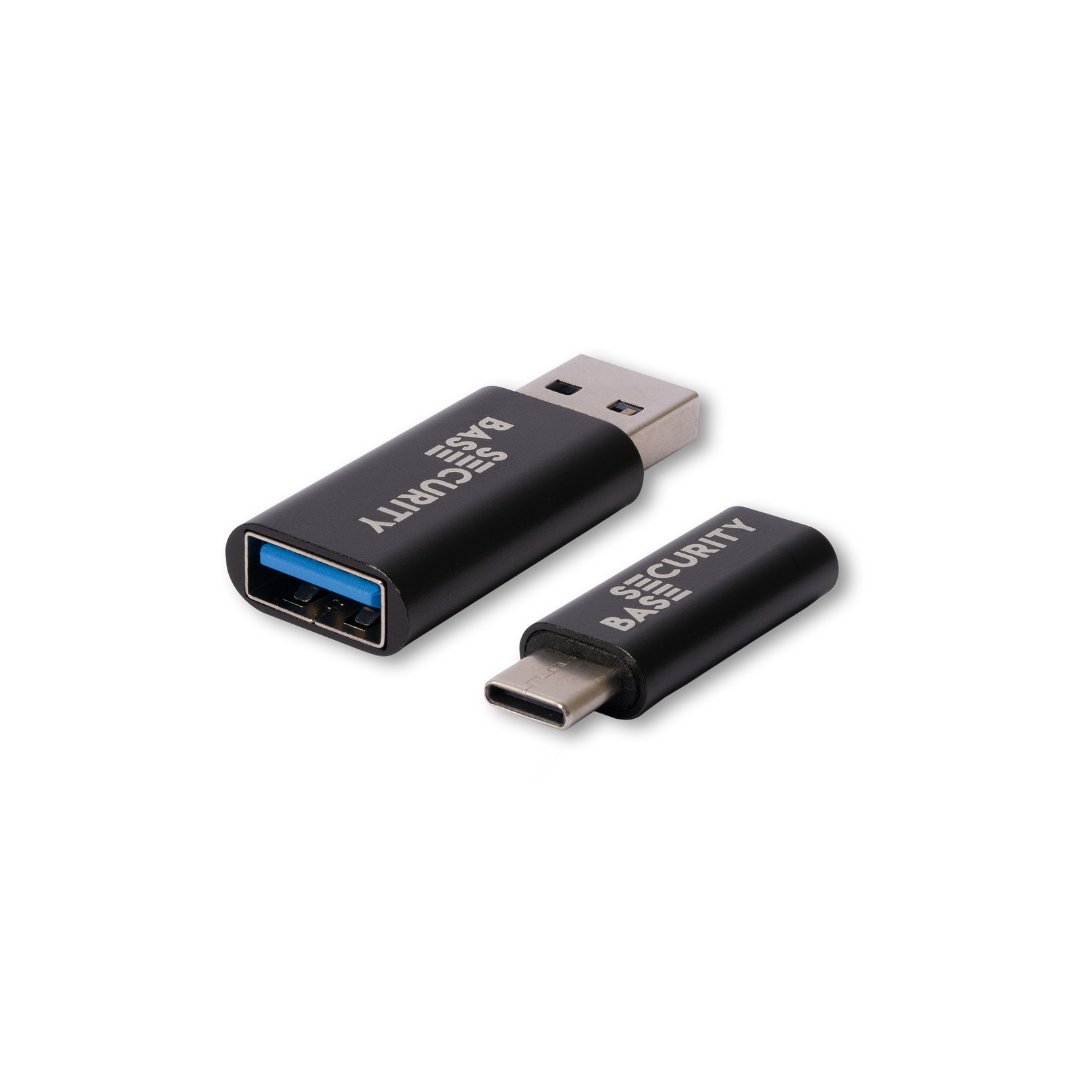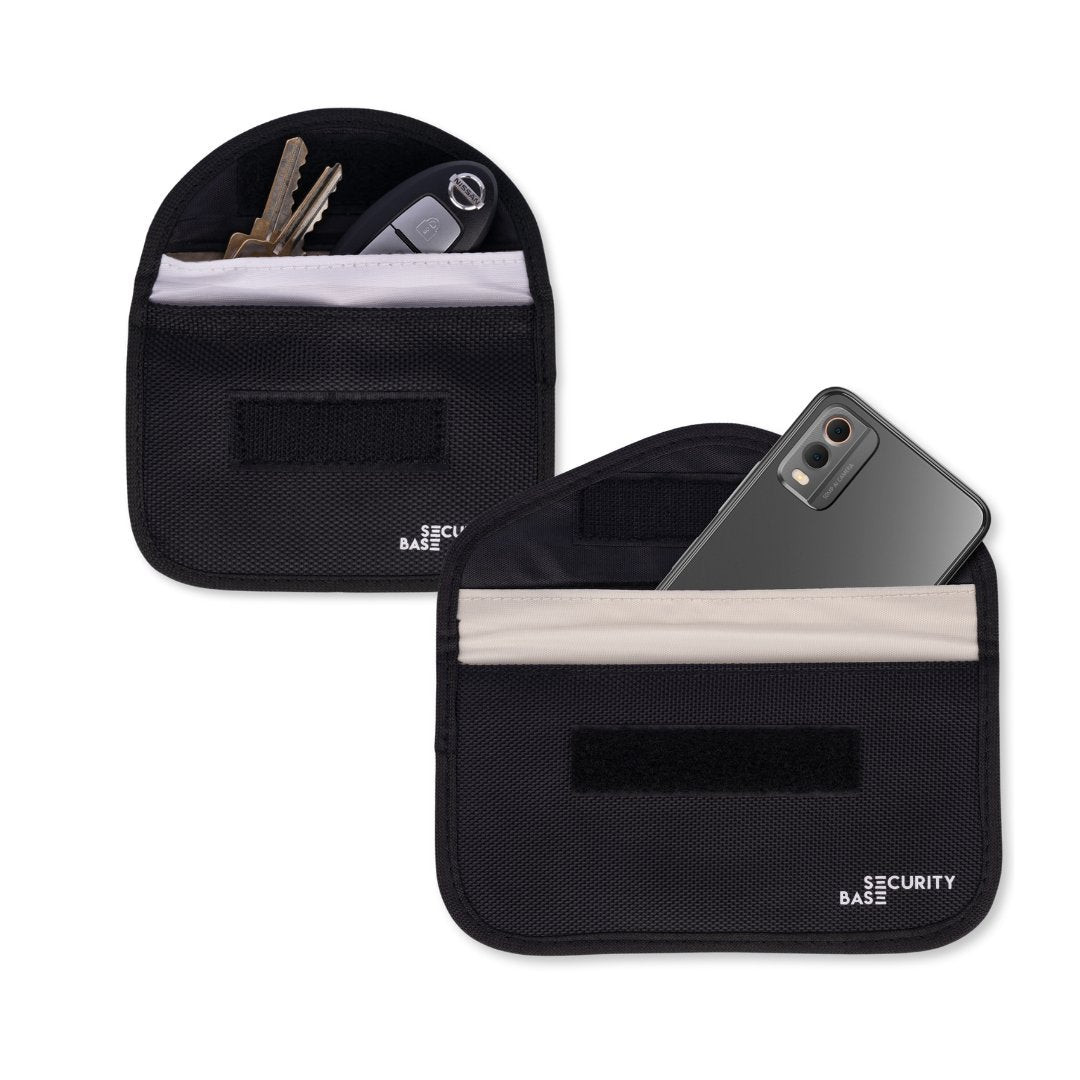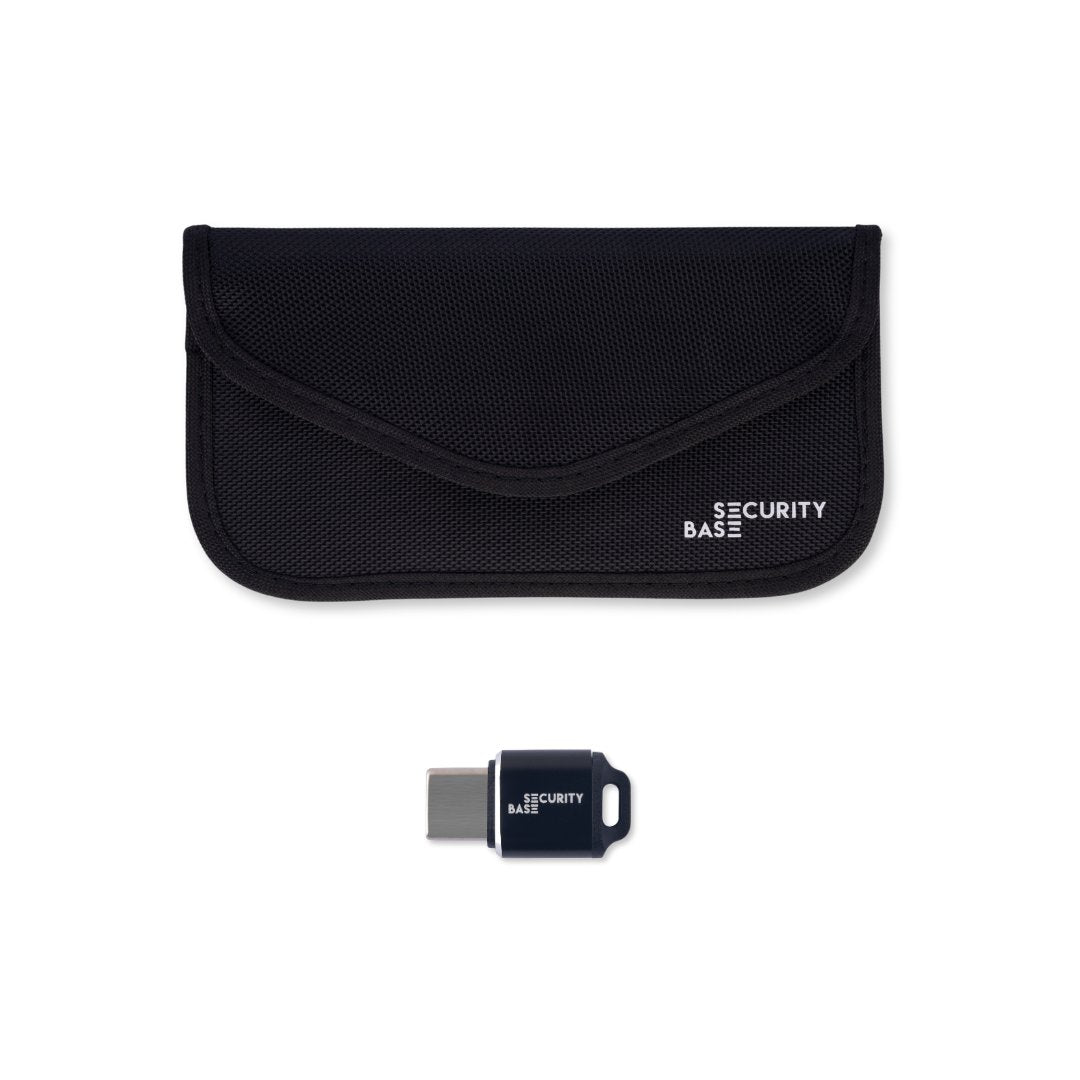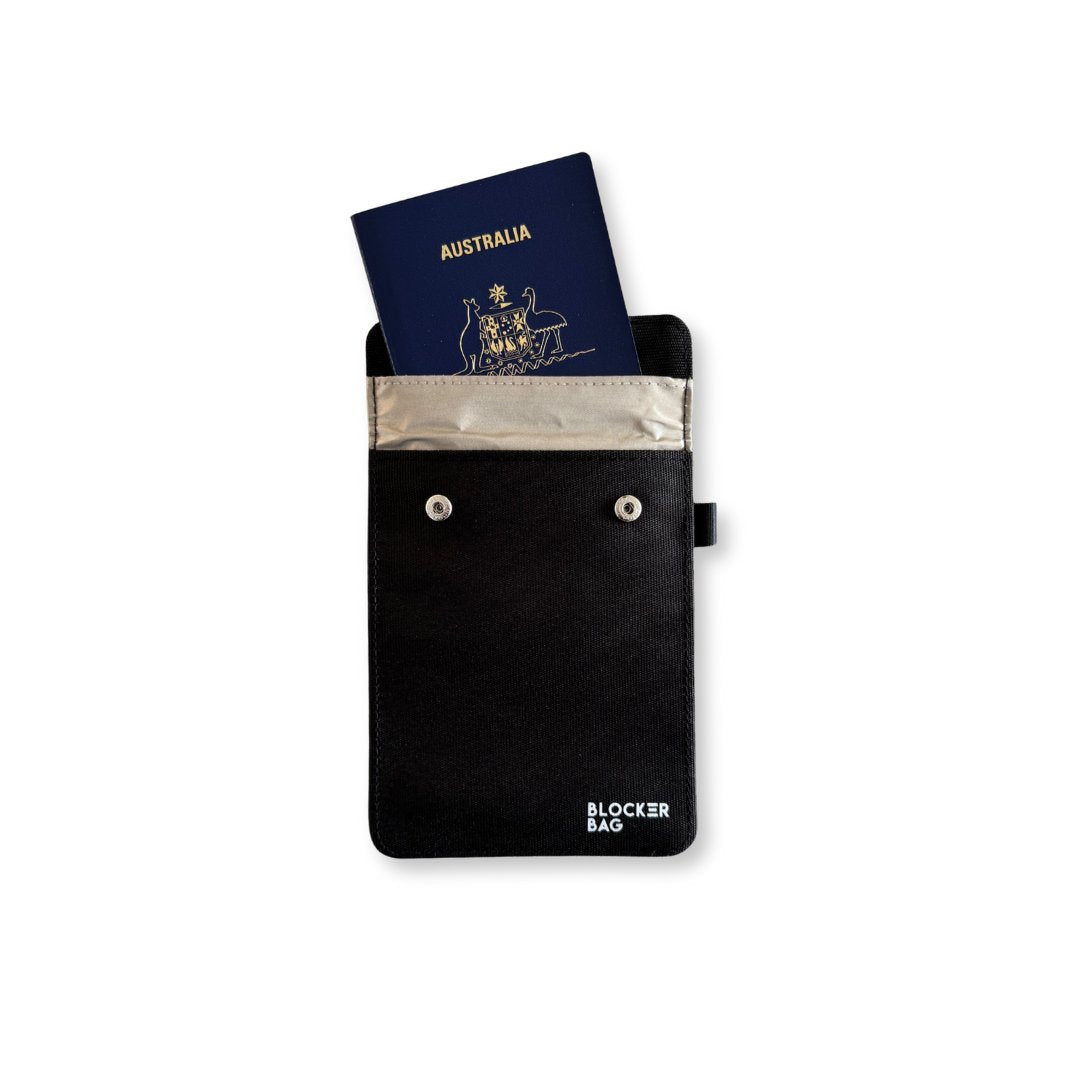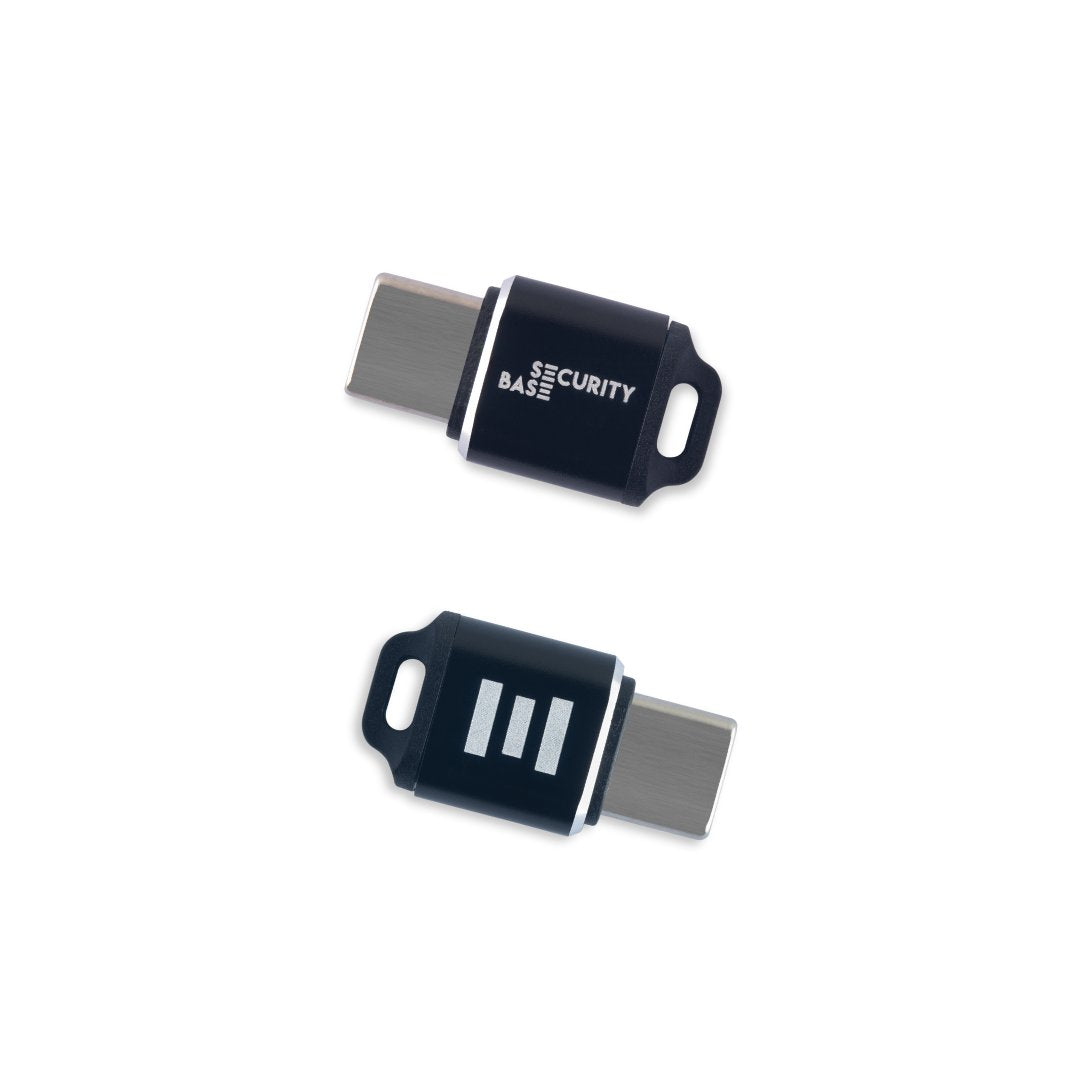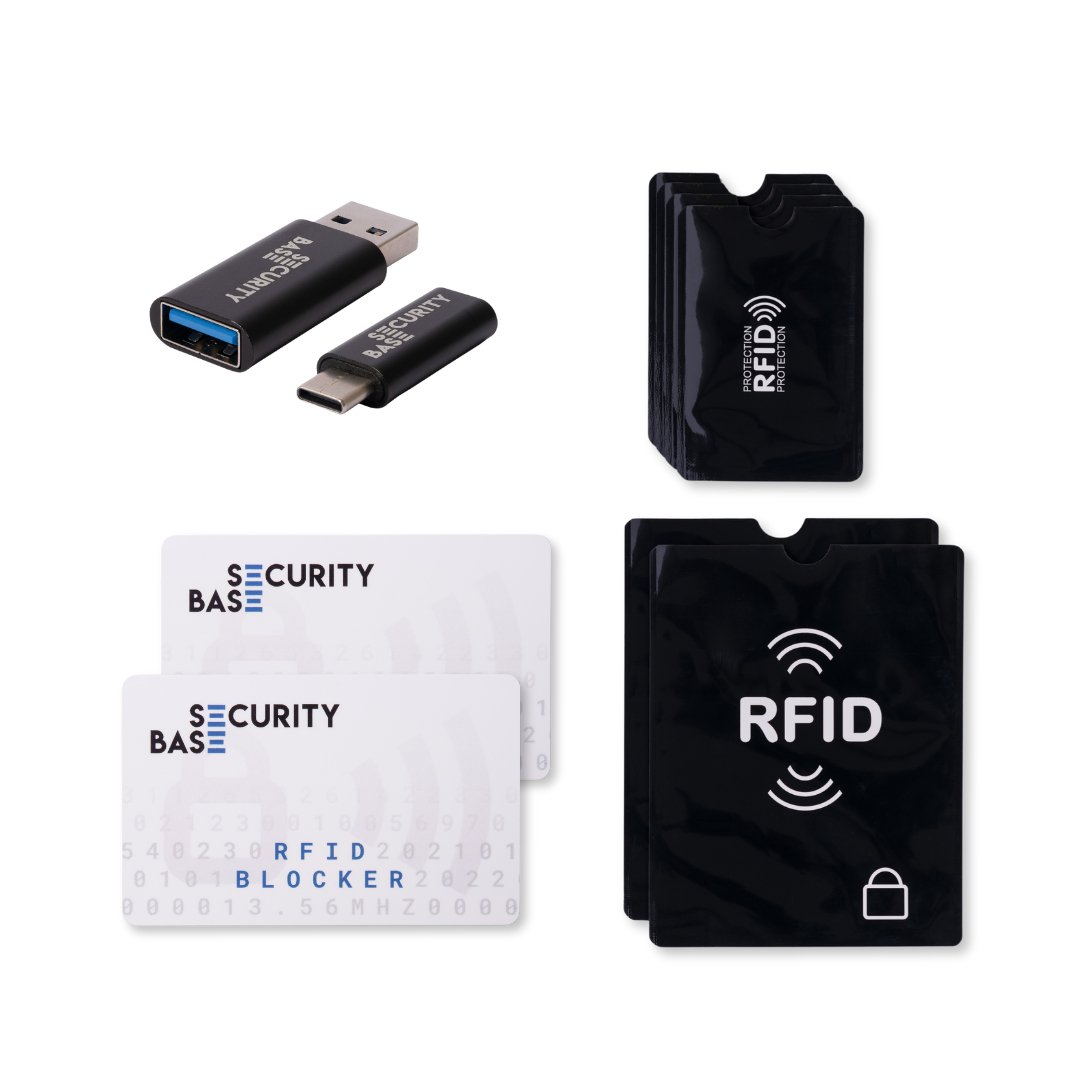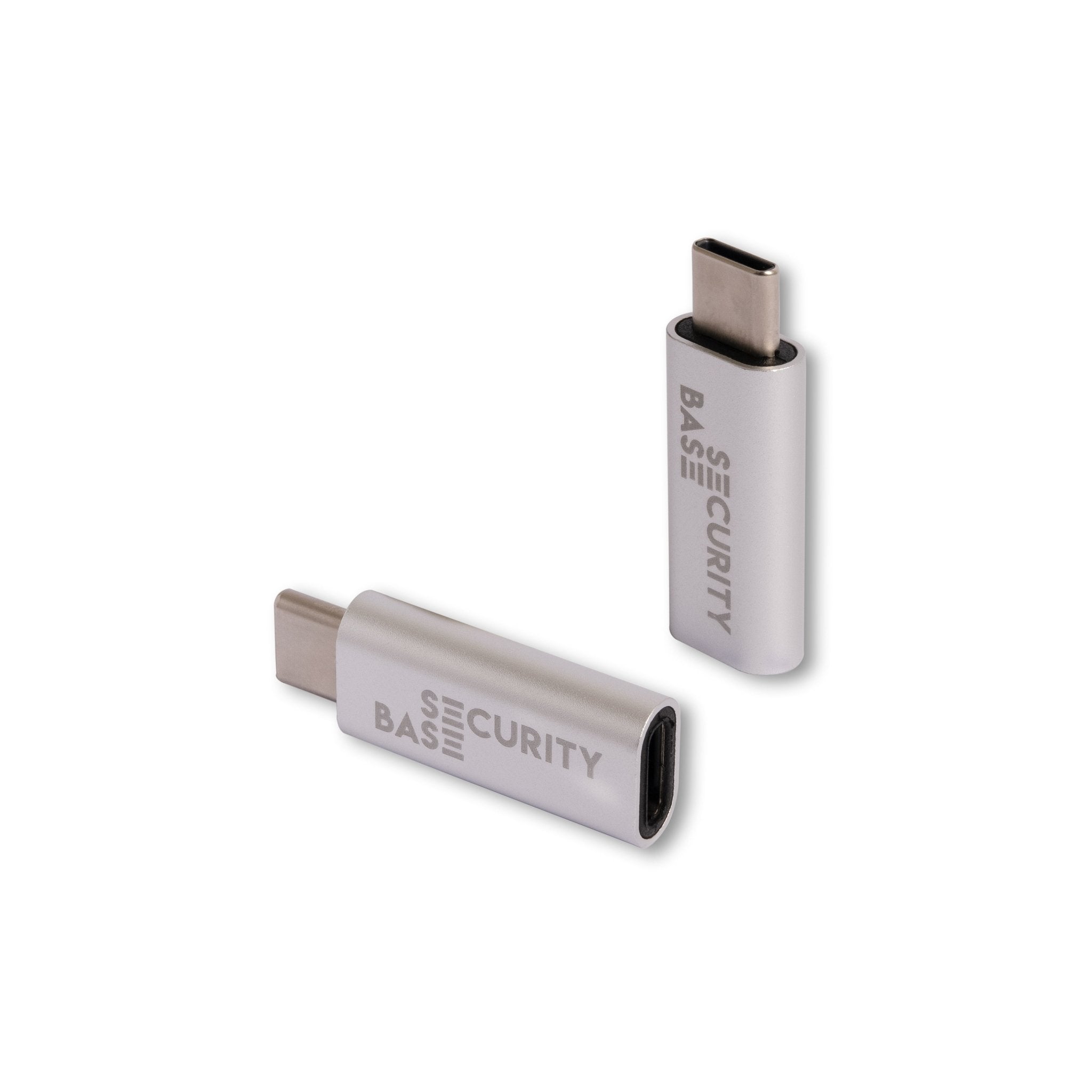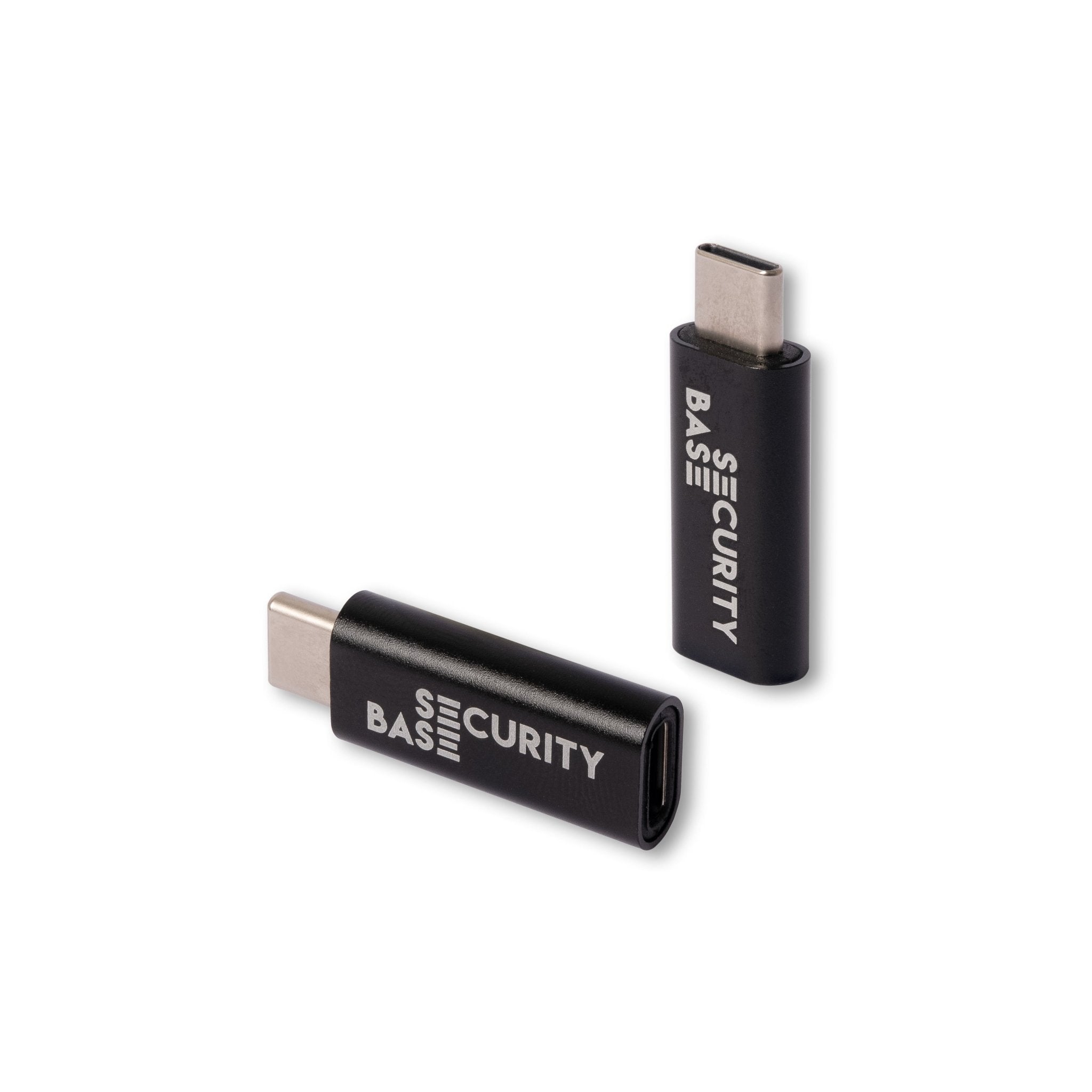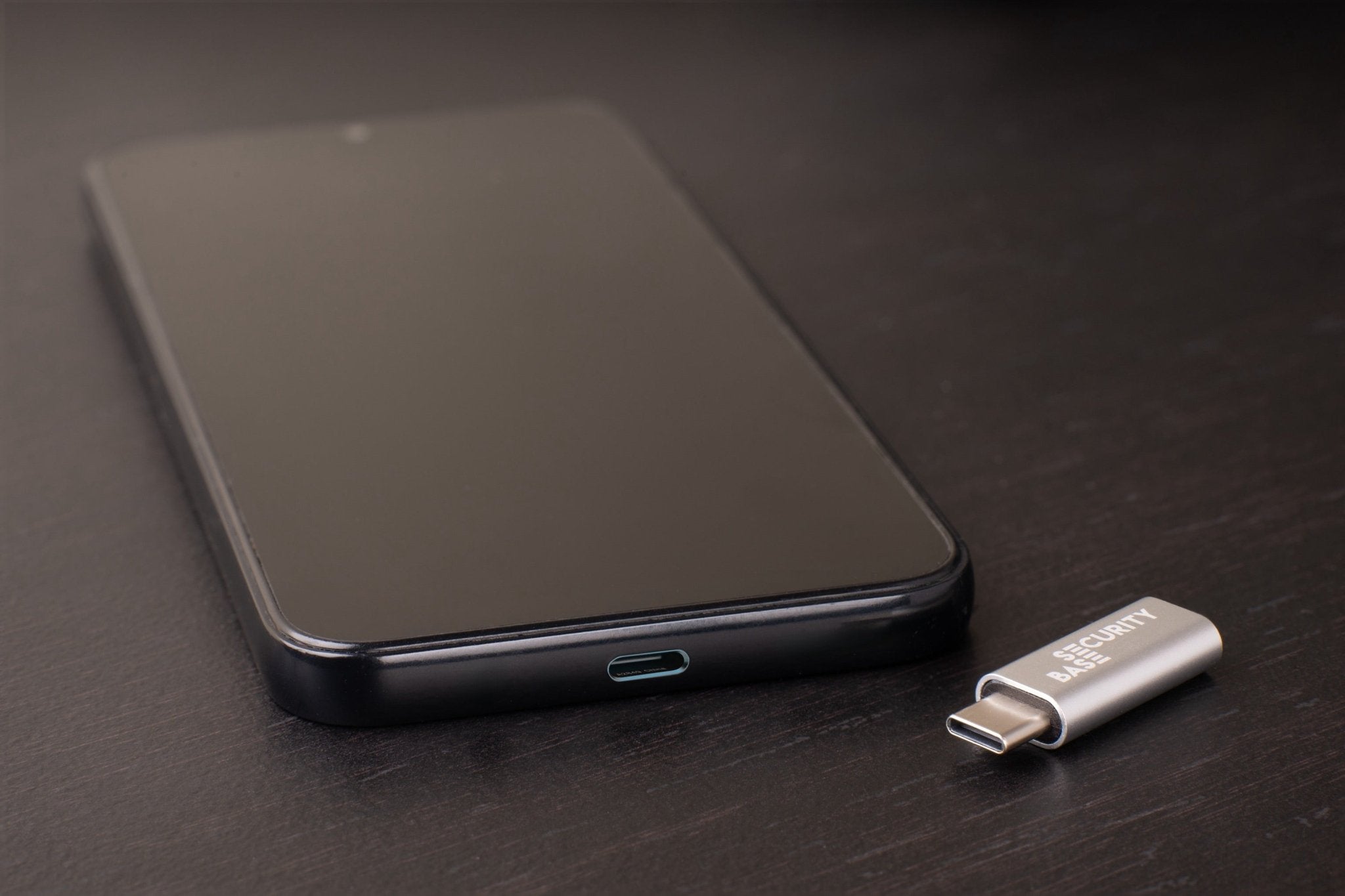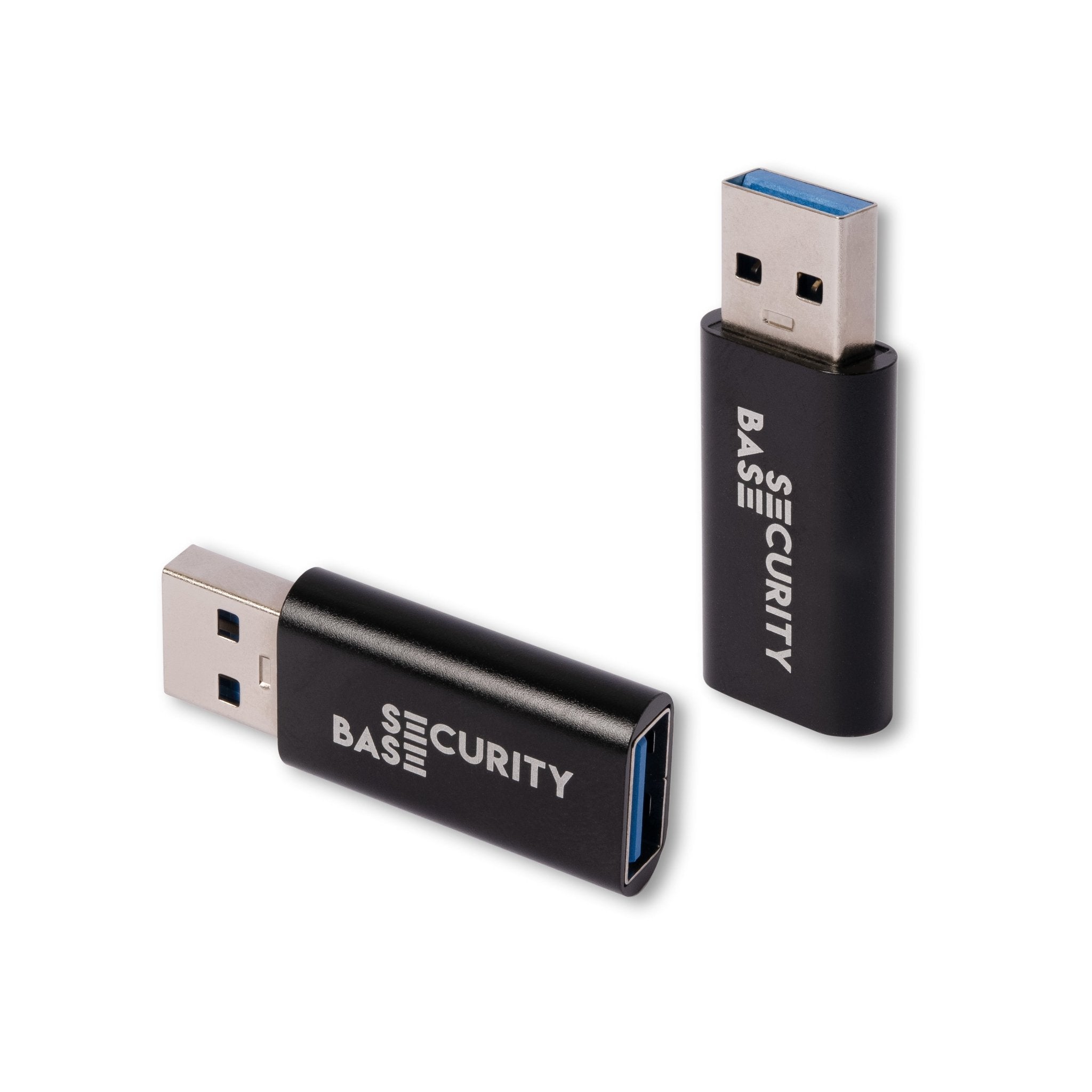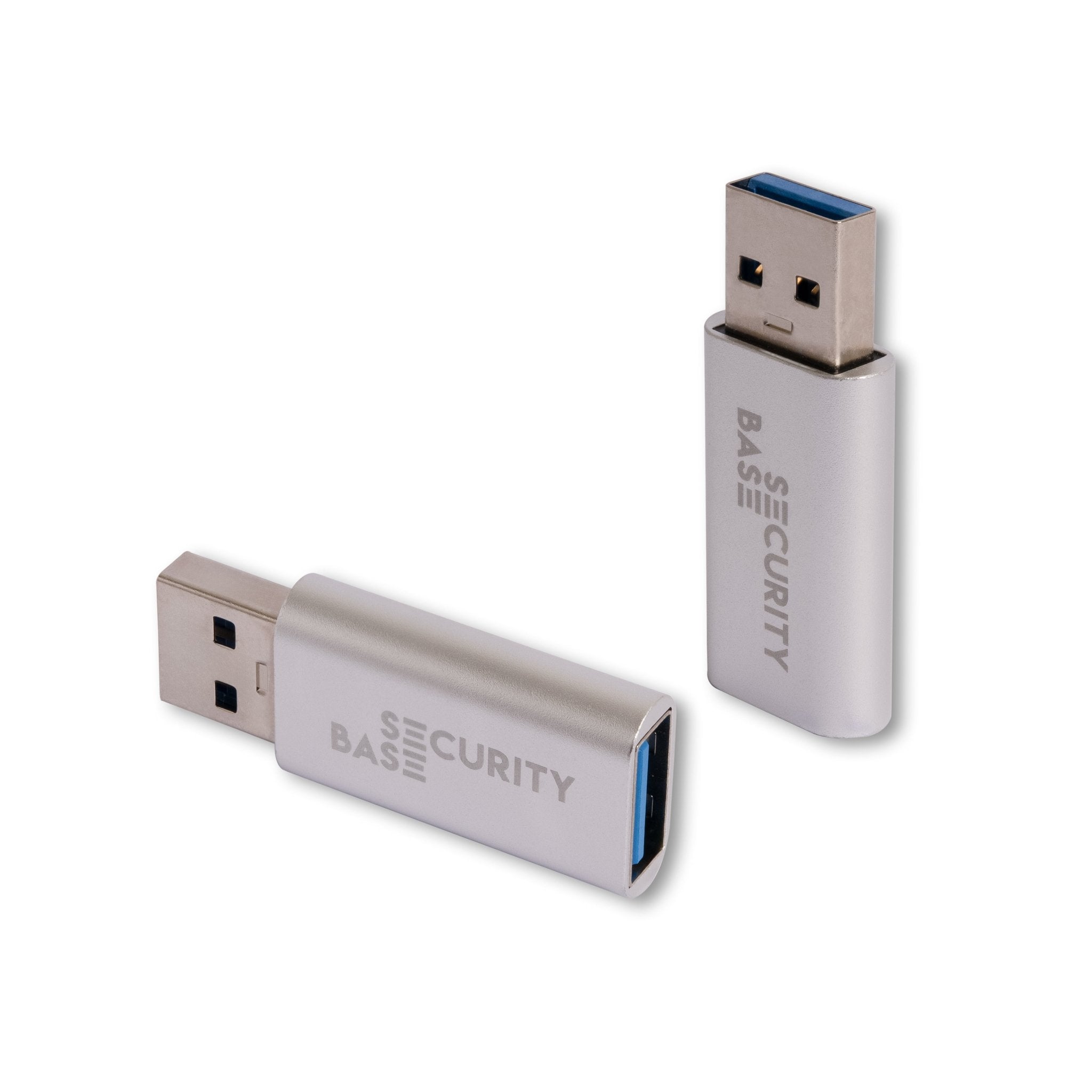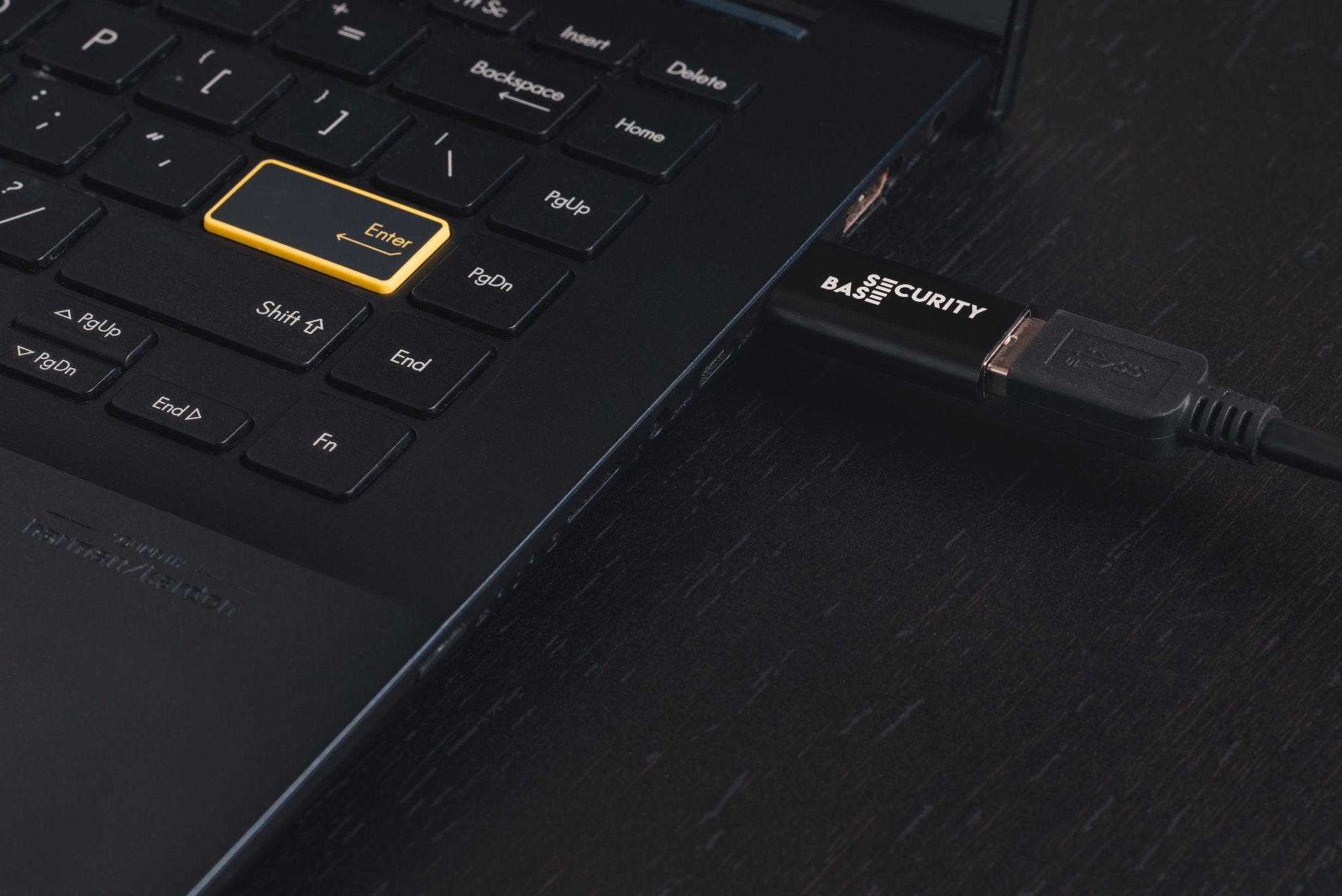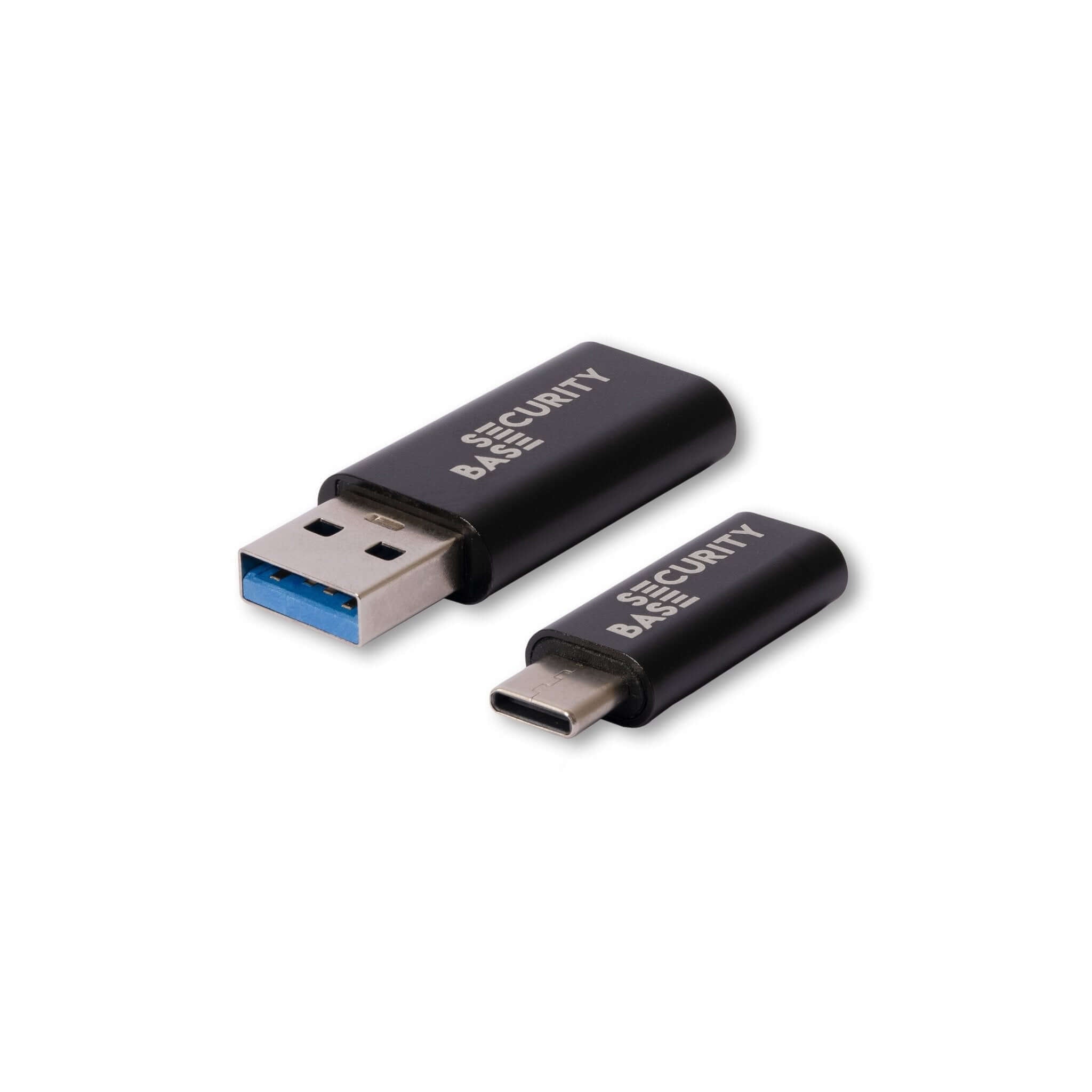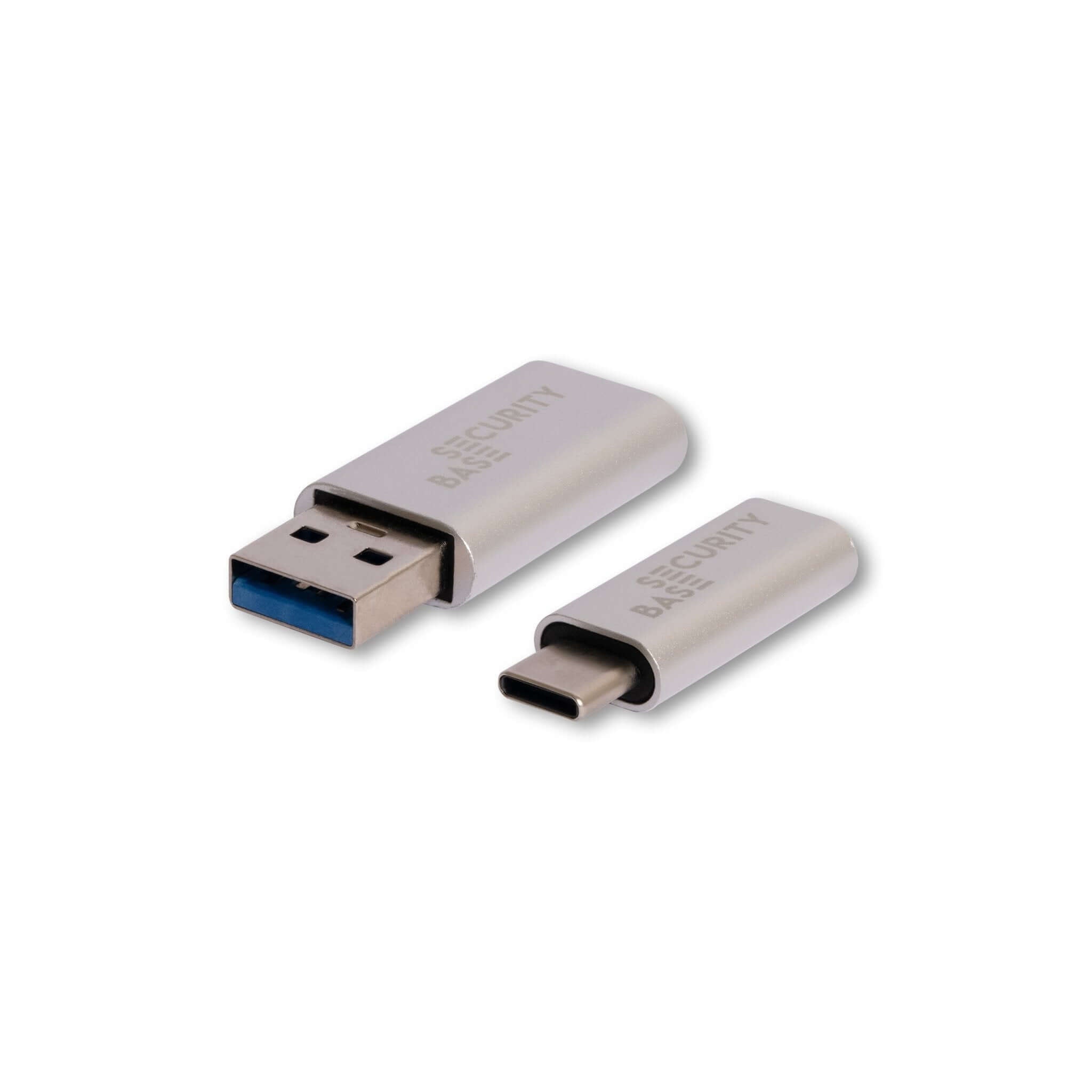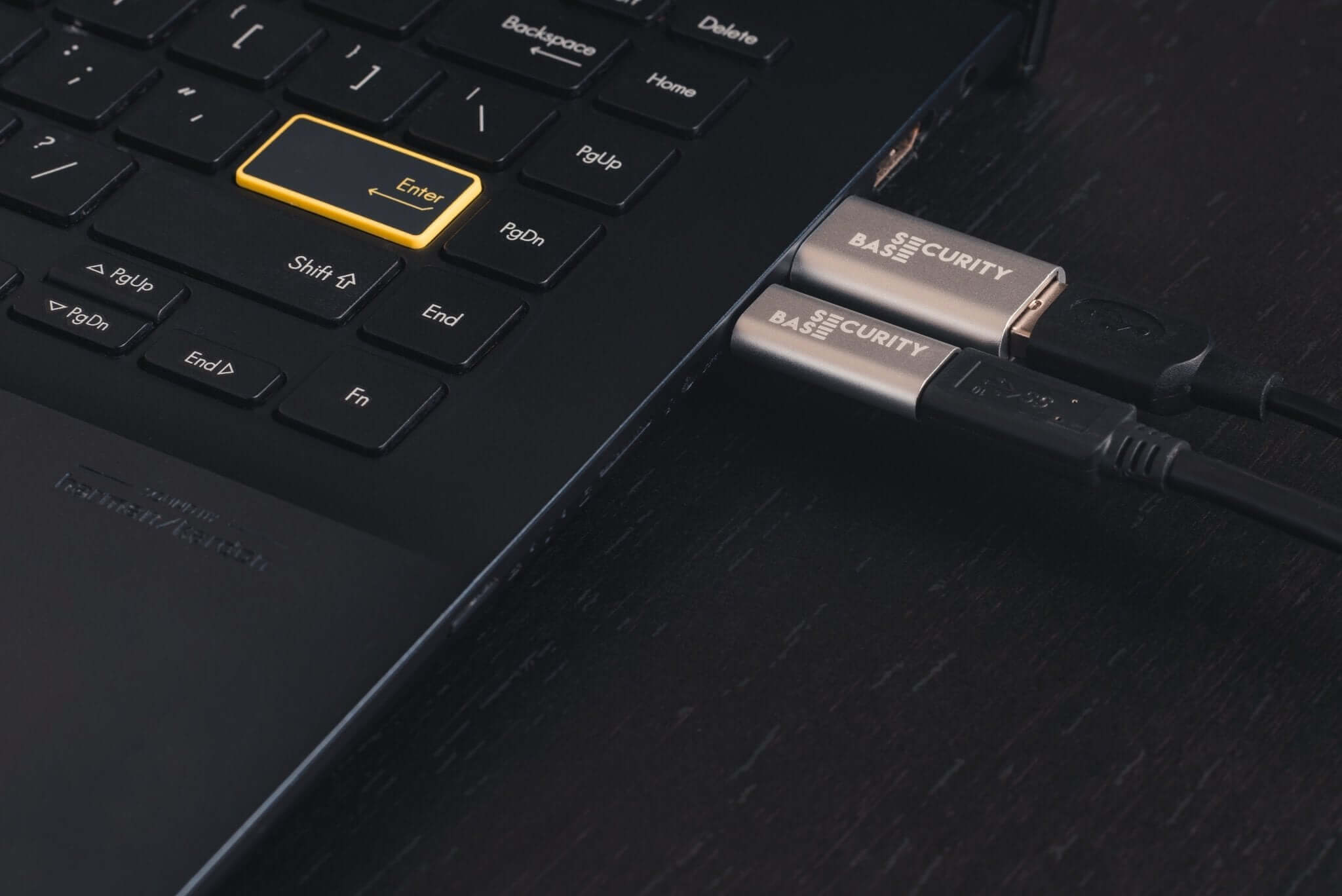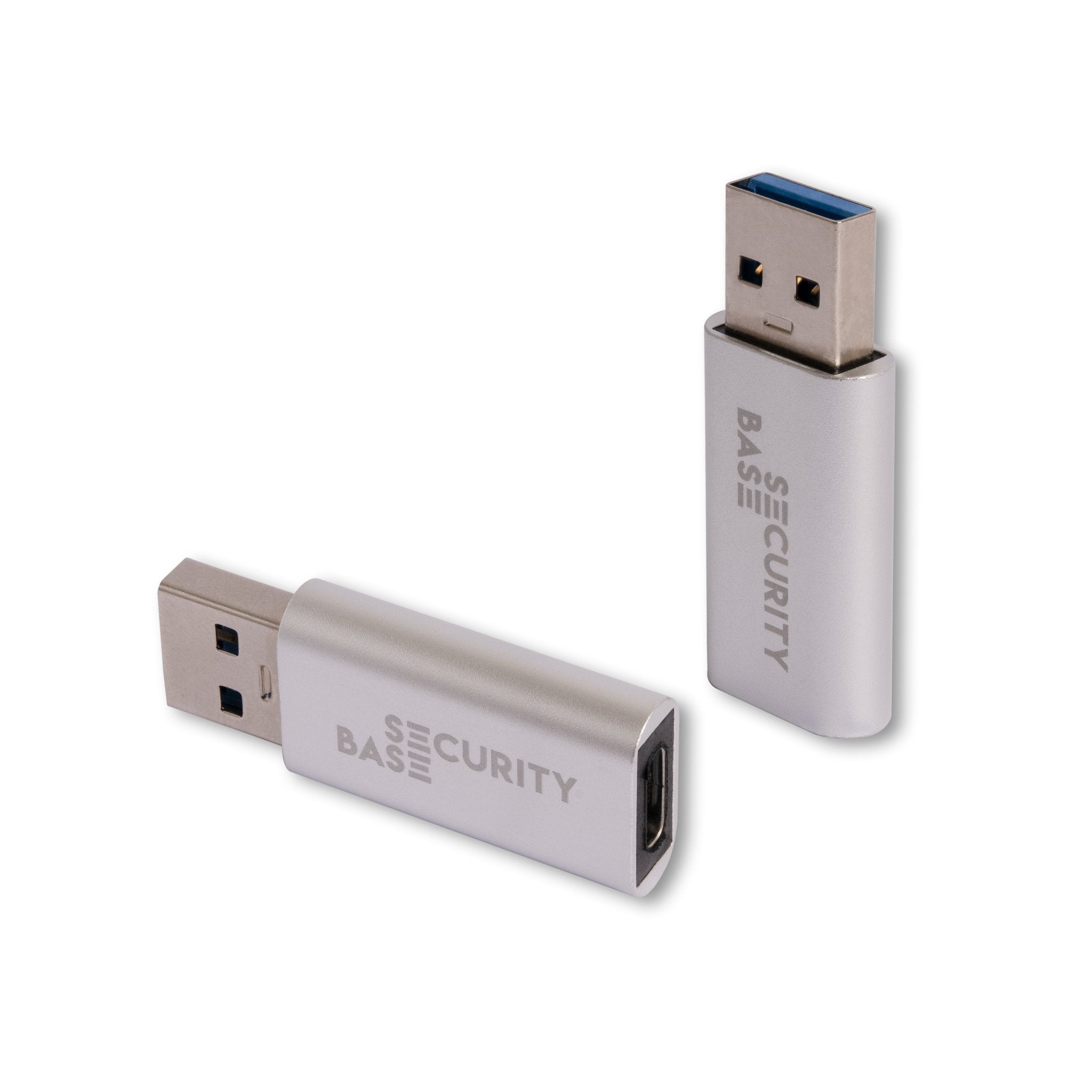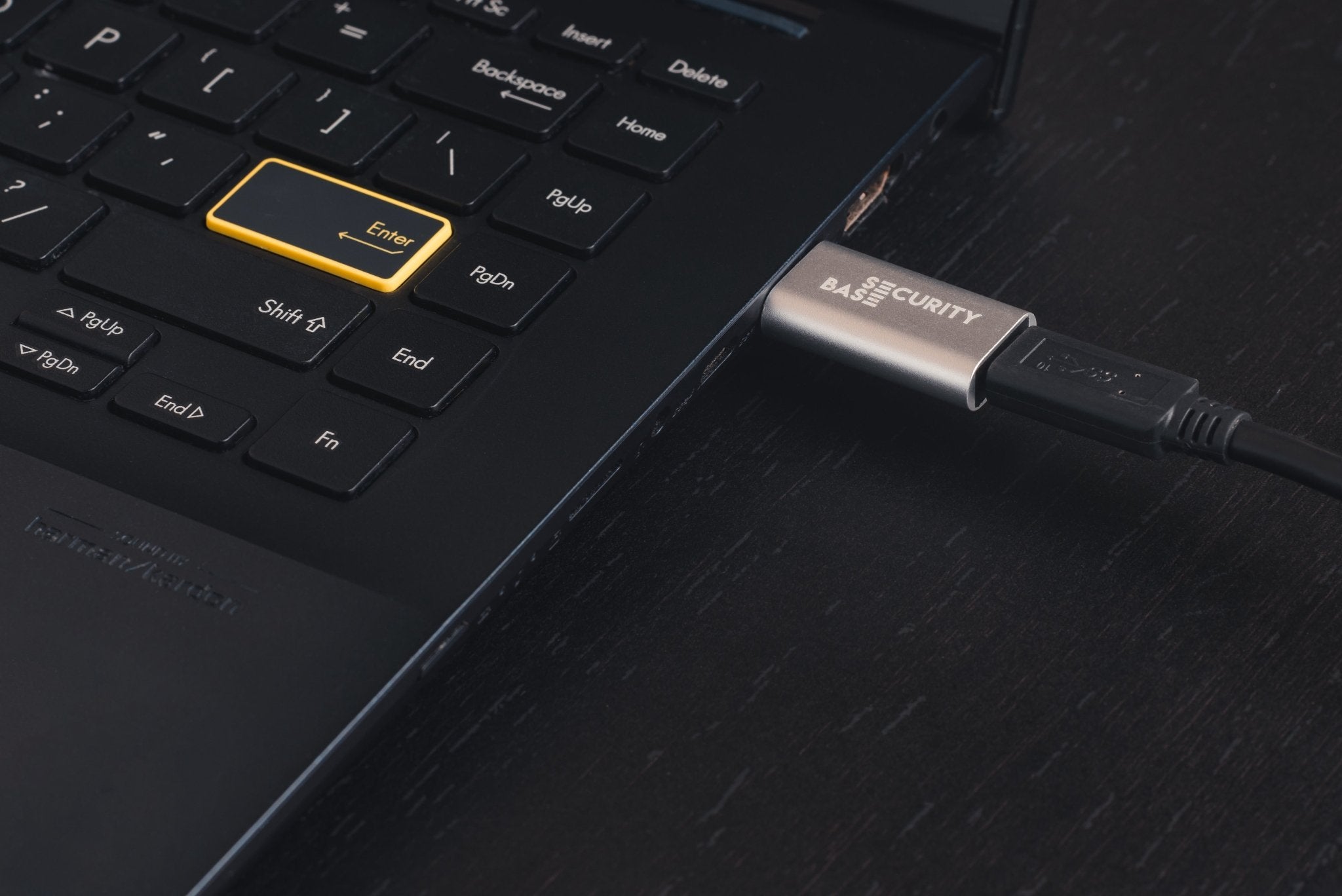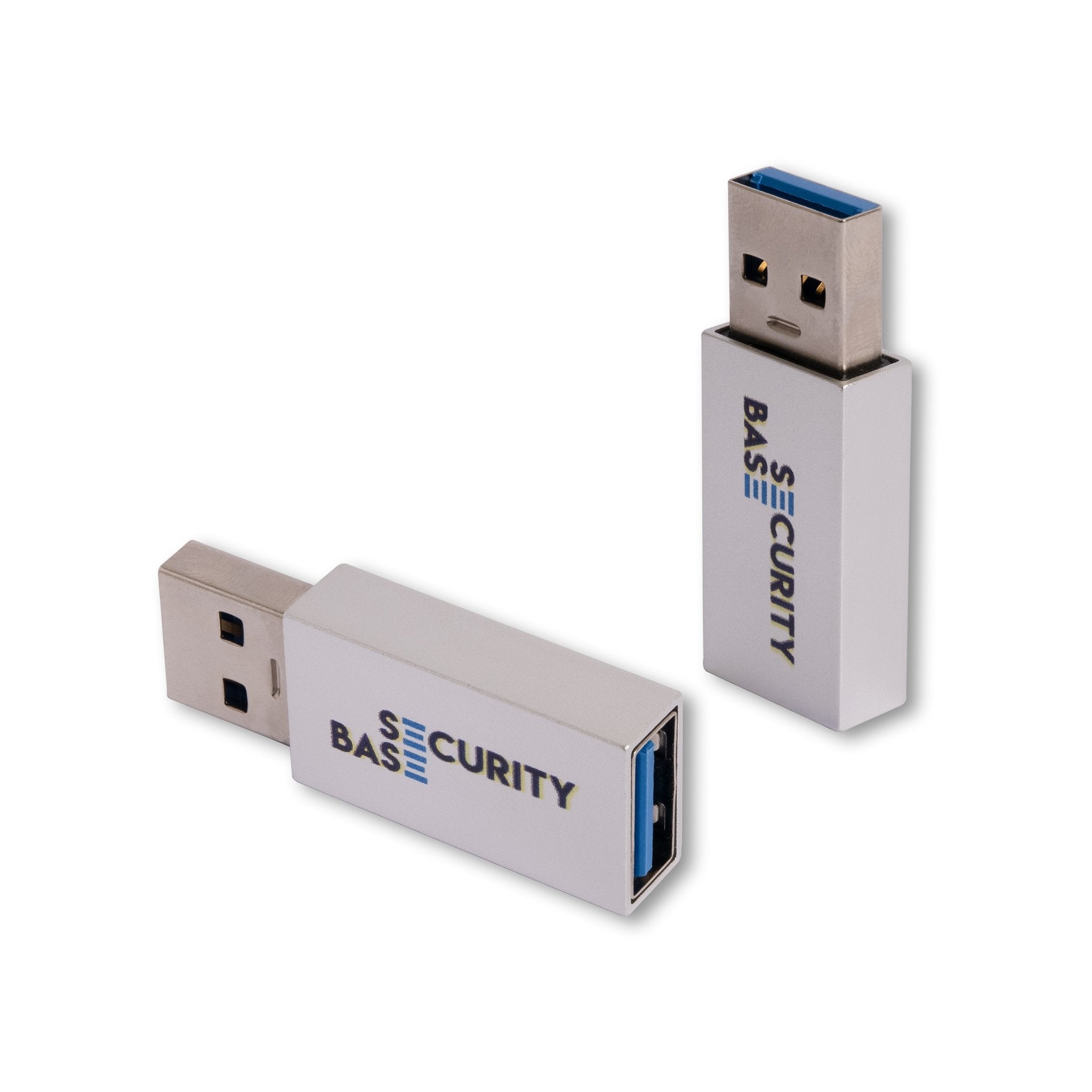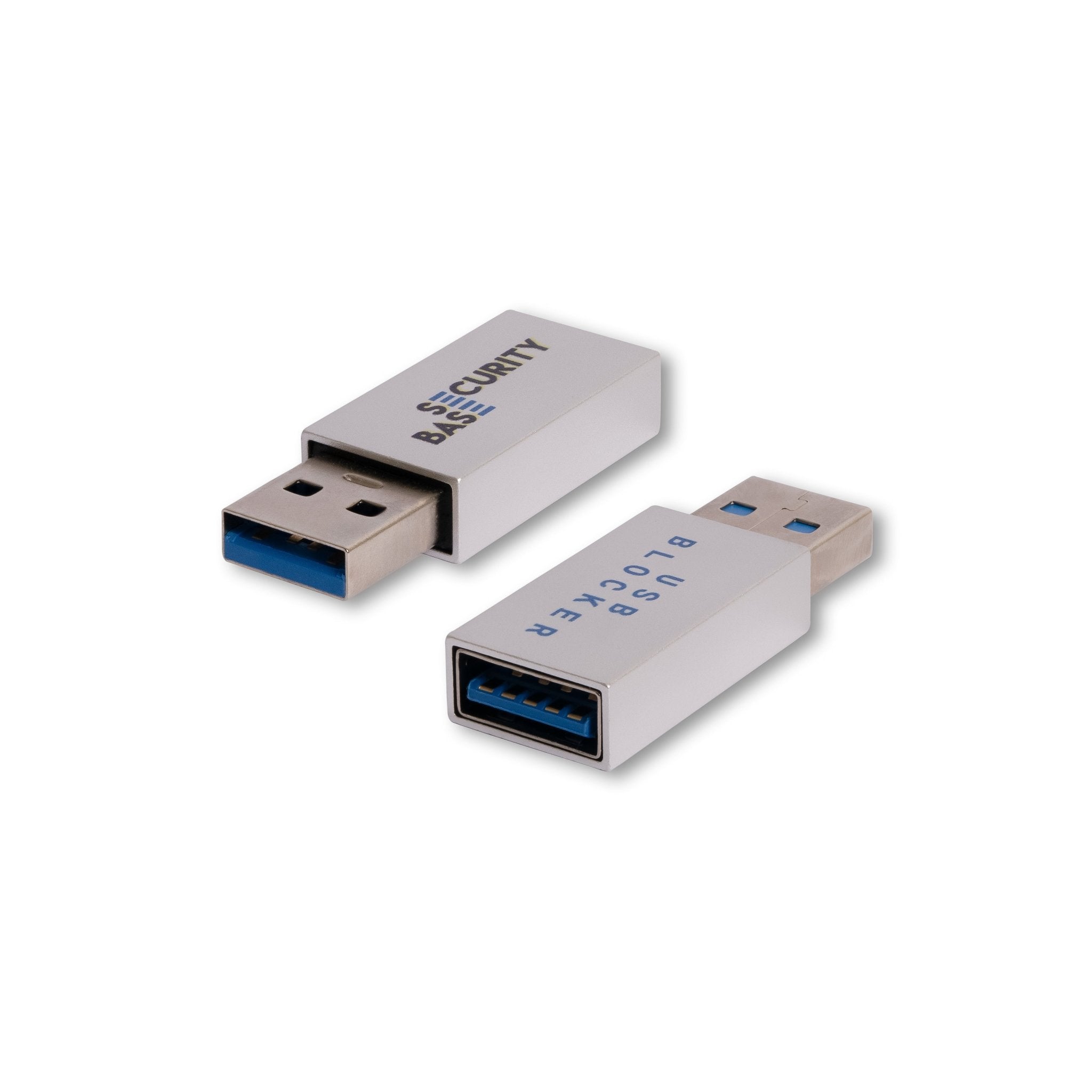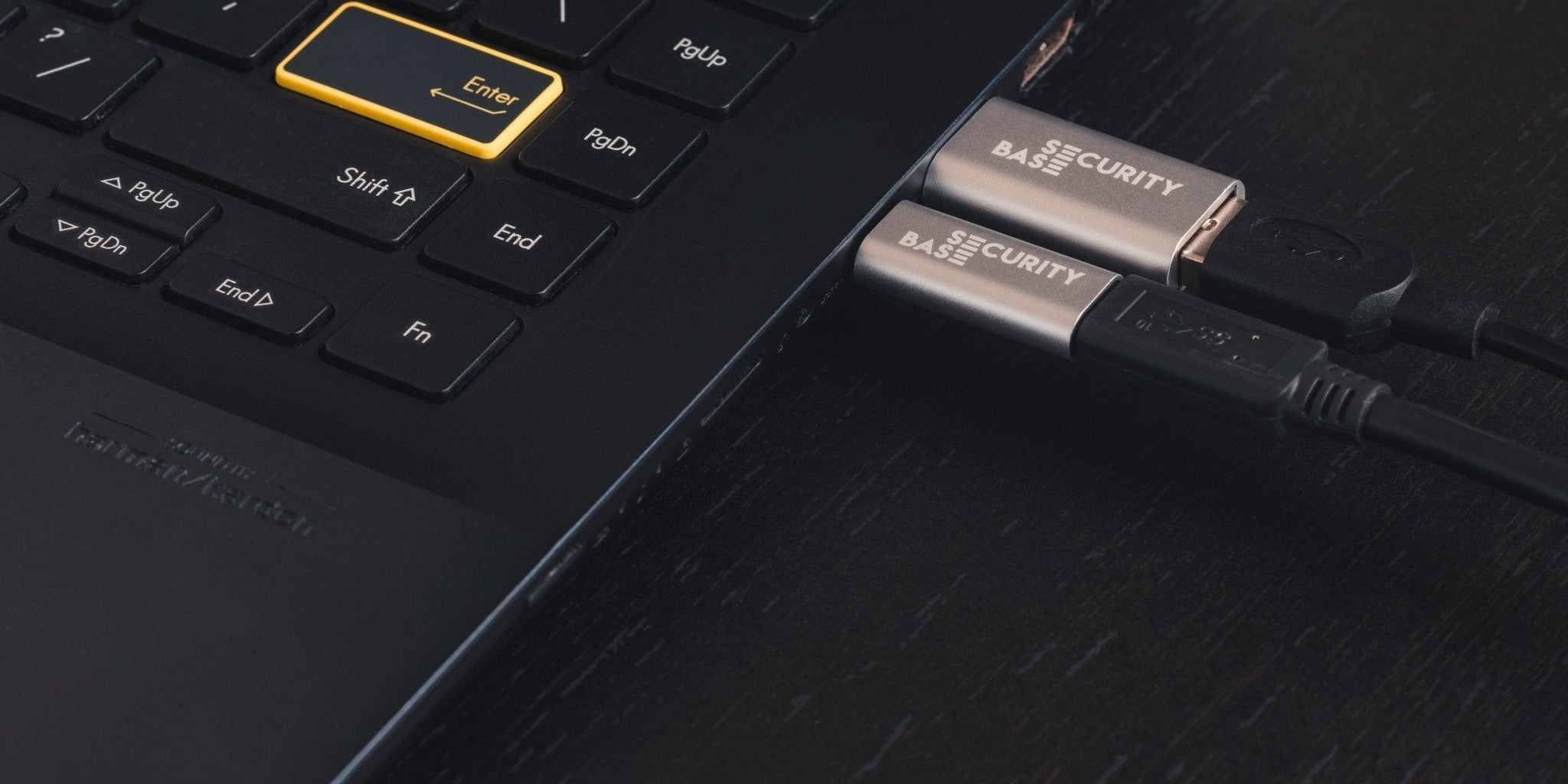Public USB Charging Risk: Using a USB Data Blocker
In today's fast-paced digital world, we rely heavily on our mobile devices, and staying connected means keeping them charged. Public USB charging stations offer a seemingly convenient solution, but this easy access comes with a hidden danger: USB juice jacking. This form of hacking involves malicious devices disguised as standard USB chargers, posing a serious threat to your data and device security.
The convenience of public USB charging is undeniable. Airports, cafes, hotels, and even public transit hubs offer these charging stations, making it easy to top up your phone's battery while on the move. However, this convenience comes with a price – the potential for serious security risks. Just like a tempting shortcut, public USB charging can lead you down a dangerous path, exposing your device to hackers and malware.
What is USB Juice Jacking?
USB juice jacking is a cyberattack where a malicious device, disguised as a standard USB charger, is used to steal data or infect your device with malware. These devices are often referred to as “juice jacking” devices or “USB data thieves”. They can be found in various public places, including airports, cafes, hotels, and even public transit hubs.
The device's appearance is designed to deceive unsuspecting users. It looks like a standard USB charger, but it secretly contains a hidden microchip capable of intercepting data transmitted through the USB port. This means that when you plug your device into the charger, the attacker can gain access to your device without your knowledge.
How does USB Juice Jacking work?
Imagine this: you're at the airport, waiting for your flight. Your phone's battery is low, and you spot a convenient USB charging station. You plug your phone in, confident it's a safe way to charge your device. But unbeknownst to you, this charging station is actually a malicious device designed to steal your data. This is the essence of USB juice jacking.
The malicious device, disguised as a standard USB charger, can intercept the data flow between your phone and the charging station. This data flow includes your sensitive personal information, such as passwords, bank account details, photos, videos, and even your entire contact list.
The juice jacking device acts as a bridge between your device and the attacker. The attacker can then access your data through the device, stealing it or even infecting your device with malware. This malware can range from harmless viruses to sophisticated ransomware, which can lock your device and demand a ransom for its release.
The Importance of Understanding USB Data Blockers
The good news is, there's a solution to protect your devices from USB juice jacking: USB data blockers. These small, portable devices act as a physical barrier between your device and the USB port, preventing data transfer while still allowing power to flow through.
Think of a USB data blocker as a security guard for your data. It acts as a barrier, preventing unauthorized access to your device. With a data blocker in place, you can rest assured that your data is safe, even if you're using a public USB charging station.
There are two main types of USB data blockers: USB-A data blockers and USB-C data blockers. The USB Data Blocker Combi Pack provides you with both types, ensuring comprehensive protection in every scenario. This pack includes one USB-A Data Blocker Pro 3.0 and one USB-C Data Blocker Pro 3.0, catering to both older and newer devices, making it a versatile solution.
It's important to remember that a USB data blocker only protects against data theft. It doesn't prevent the charger from delivering power, allowing you to charge your device safely.
How does a USB data blocker work?
The USB data blocker's primary function is to prevent data transfer between your device and the charging station. It acts like a physical barrier, blocking the data lines while allowing the power lines to remain active. This allows you to charge your device without exposing your data to potential threats.
When you plug your device into a public USB charging station, the data blocker only allows power to pass through, effectively preventing any data transfer between your device and the charging station. This simple yet effective mechanism protects your device from USB juice jacking.
Types of USB Juice Jacking Attacks
USB juice jacking can manifest in various ways, making it crucial to be aware of the different attack vectors.
- Malicious Device Disguised as a Standard USB Charger: These devices are often found in public places, such as airports, hotels, and coffee shops. They are designed to look like a standard USB charger, but they contain a hidden microchip that can intercept data transmitted through the USB port.
- Public USB Charging Station with a Built-in Data Thief: Some public USB charging stations are designed to steal data from devices plugged into them. This type of juice jacking is more difficult to detect, as it's built into the charging station itself.
- USB Cable Containing a Hidden Data Thief: These cables are designed to look like standard USB cables, but they contain a hidden microchip that can intercept data transmitted through the USB port.
Why are USB data blockers important?
USB data blockers are essential for several reasons:
- Protecting your data from theft. Juice jacking devices can steal your personal information, including your bank account details, passwords, and photos. A USB data blocker prevents these devices from accessing your data.
- Protecting your device from malware. Juice jacking devices can infect your device with malware. A USB data blocker prevents these devices from accessing your device and infecting it with malware.
- Providing peace of mind. Knowing that your data is protected from USB juice jacking can give you peace of mind when you're using public USB charging stations.
How to protect yourself from USB juice jacking:
While USB juice jacking is a real threat, it's not something you need to fear as long as you are informed and take the proper precautions. Here are some tips for protecting your devices from USB juice jacking:
- Avoid using public USB charging stations whenever possible. This is the safest way to protect your devices from USB juice jacking. If you can, charge your devices at home or in a secure location.
- If you must use a public USB charging station, use a USB data blocker. The USB Data Blocker Combi Pack provides you with both USB-A and USB-C data blockers, compatible with most modern devices. This small device will block data transfer while still allowing power to flow through.
- Only use charging stations that are located in secure areas. If you must use a public USB charging station, choose one that is located in a secure area, such as a hotel lobby, airport gate, or business center. These areas are typically monitored, which reduces the risk of juice jacking.
- Be aware of the risks of using public USB charging stations and to take precautions to protect your devices. Educate yourself about the risks of USB juice jacking, and take steps to protect your devices accordingly.
By taking these precautions, you can help protect yourself from the risks of USB juice jacking and keep your devices safe. Don't let the convenience of public USB charging compromise your device's security. Stay informed, take precautions, and enjoy the freedom of charging your devices on the go while protecting your valuable data.

